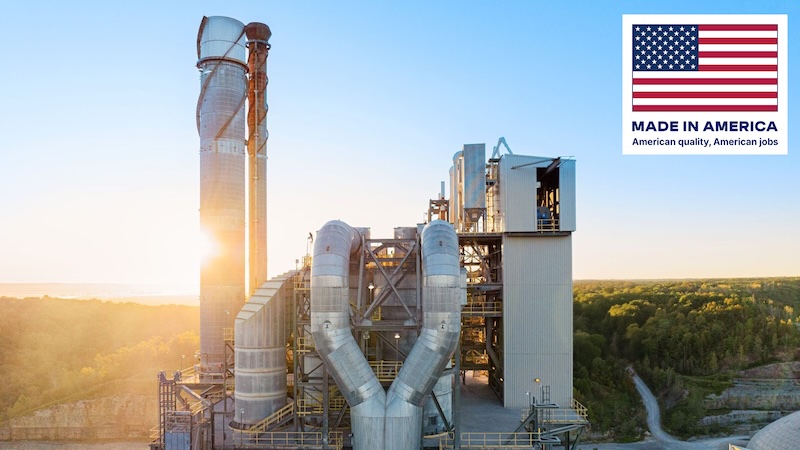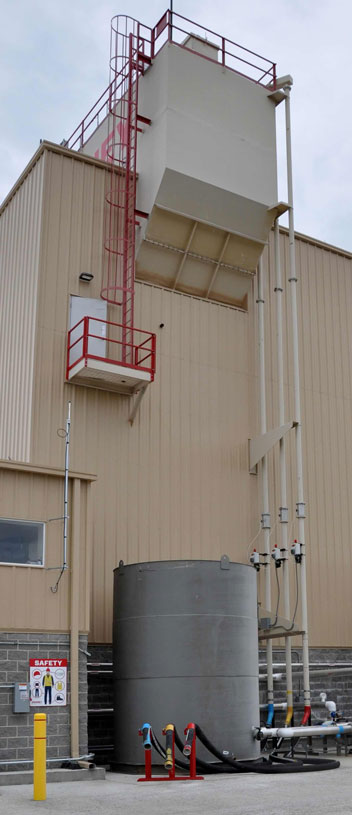Source: St Marys Cement Inc., Toronto
Politicians and community leaders were on hand recently to celebrate St Marys Cement Bowmanville plant having received North America’s first International Organization for Standardization’s (ISO) 50001 certification, a framework for industrial facilities seeking to manage their energy use.
Erik Madsen, CEO of St Marys Cement Inc.–Votorantim Cimentos North America, accepted the Certificate at a ceremony on location. The award presentation was made by Michael Delisle, CEO of International Certification Services Inc. (ICS), making St Marys officially registered as the first North American recipient of ISO 50001 on Nov. 15, 2011; the recent ceremony was the official recognition of this status.
Upon receiving the Certificate, CEO Madsen said, “St Marys identified the benefits and embraced the certification process early. The ISO 50001 program and cement plants are a logical fit. Our Bowmanville plant has a rated capacity of over 1.8 million metric tons of product, operates 24/7, and consumes significant amounts of energy. Managing these energy costs is a no brainer—it is good for the environment and our bottom line.
“The energy conservation elements of ISO 50001 certification means we are on track for over $1 million dollars in savings in 2012 alone.”
Delisle, who oversaw the certification process, observed, “Achieving ISO 50001 certification shows a commitment to better understanding and modifying energy consumption and use. It has the added benefit of communicating to customers, regulators and suppliers in a reliable and transparent manner how St Marys Cement Inc.–Bowmanville plant is reducing its energy use and greenhouse gas emissions.”
Fabio Garcia, operations manager at Bowmanville, told ceremony attendees, “Receiving this prestigious certification was not something that happened overnight. The origins of this certification can be traced back to 2005, when we were given the green light by senior management to move forward with an integrated strategy to reduce the plant’s energy consumption. This quickly became an initiative supported, and made possible, by all of our employees.”
Each section of the plant is now monitored for energy use, and energy-intensive processes (such as milling, grinding, and conveying) have been moved to off-peak hours, wherever possible. Since 2005, implementing processes to achieve ISO 50001, electricity consumption has been cut by over 10.3 million kW hours, approximately the same amount of energy used by 880 Canadian homes in one year.



